One can’t leave Nagasaki without being profoundly impacted by what you’ve seen at its most famous museum. We certainly were. This week, though, we’d see an amazing museum which detailed another tragic chapter in the closing days of Japan’s WW2 experience – in our continuing trip around the beautiful southern Japanese island of Kyushu we would discover the beauty of Unzen ( a spa town on the Shimabara peninsula ), the castle city of Kumamoto, the volcanic craters of Mt. Aso, and a few truly unexpected gems in the Kagoshima region ( one, as mentioned above, that had a similar impact on us as the A Bomb museum in Nagasaki did – albeit from a completely different perspective). Despite a generally dismal week weather-wise it was one that we packed a lot into.


Directly north of Nagasaki lies a fertile volcanic area known as the Shimabara peninsula. Almost (but not quite) an island, this area presents a number of attractions but key for us was the spa/onsen town of Unzen. Unzen is generously endowed with some of Japan’s best spa’s – the scenery on the way up its tortuously windy access road is pretty impressive as well. Tested one of the local onsens and found it very soothing – no shortage of hot baths in this town. The ever friendly local tourist office referred us to a great little “hole in the wall” Japanese restaurant and again ( as in Fukuoka ) we were not disappointed – not a super busy night so ( as an added bonus ) the owners insisted on making us both a couple of traditional Japanese paper cuttings. Yet again, we’ve been dazzled by the incredible hospitality we’ve experienced on the road.




After winding our way down to the coast, we took the 45 minute ferry from Tiara Port to Nagasu putting us on the Kumamoto side of the Kagoshima peninsula and an easy drive east to one of Japan’s more famous volcanoes, “Aso-San” ( Mt. Aso). Still active, and constantly spewing smoke, Aso attracts hikers from all over Japan and beyond. We were actually surprised at how many foreign visitors we saw while there. Sadly, dangerous recent thermal activity meant that Nakodate crater is no longer accessible to visitors 😔. While at Aso the sun shone brightly so we were keen to get in all the hiking and sights that we could – our first sunny day in a while.




Pretty Kumamoto is only a stone’s throw from Aso and its historic castle is a major draw. Like many such castles in Japan it’s seen a lot of renovations but it is definitely one of the better ones. Kumamoto was also easy to navigate so we went right into the heart of the city with the van, taking in impressive Suizenji Koen ( Park ) as well. Parking was, thankfully, not an issue in Kumamoto !

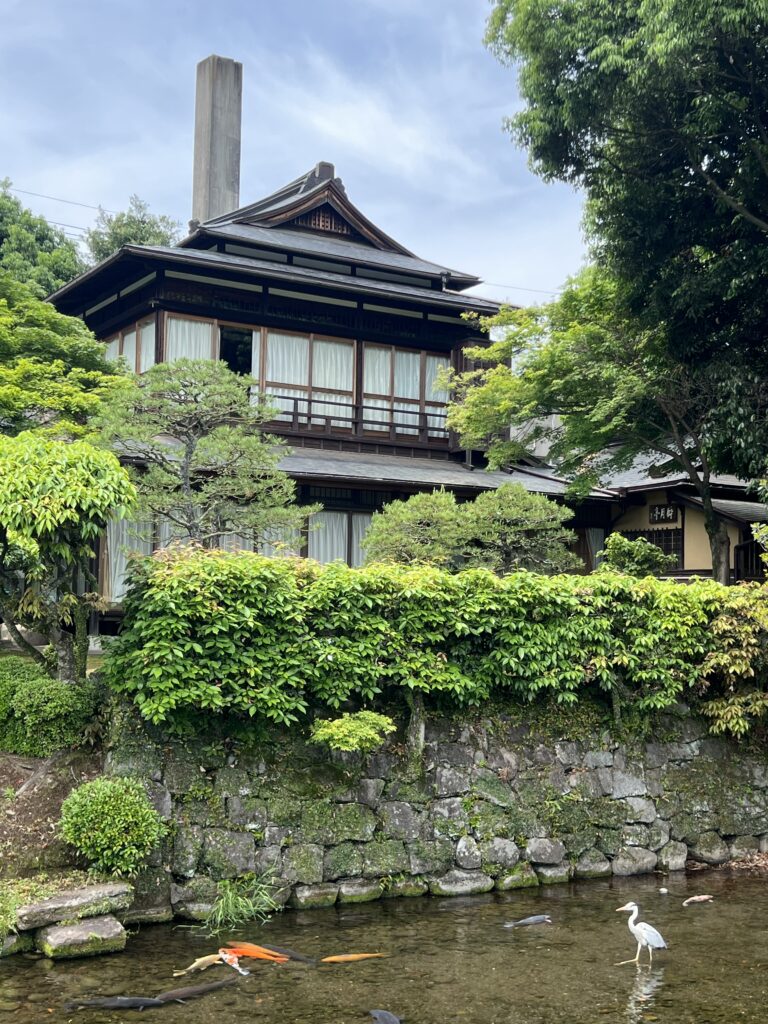
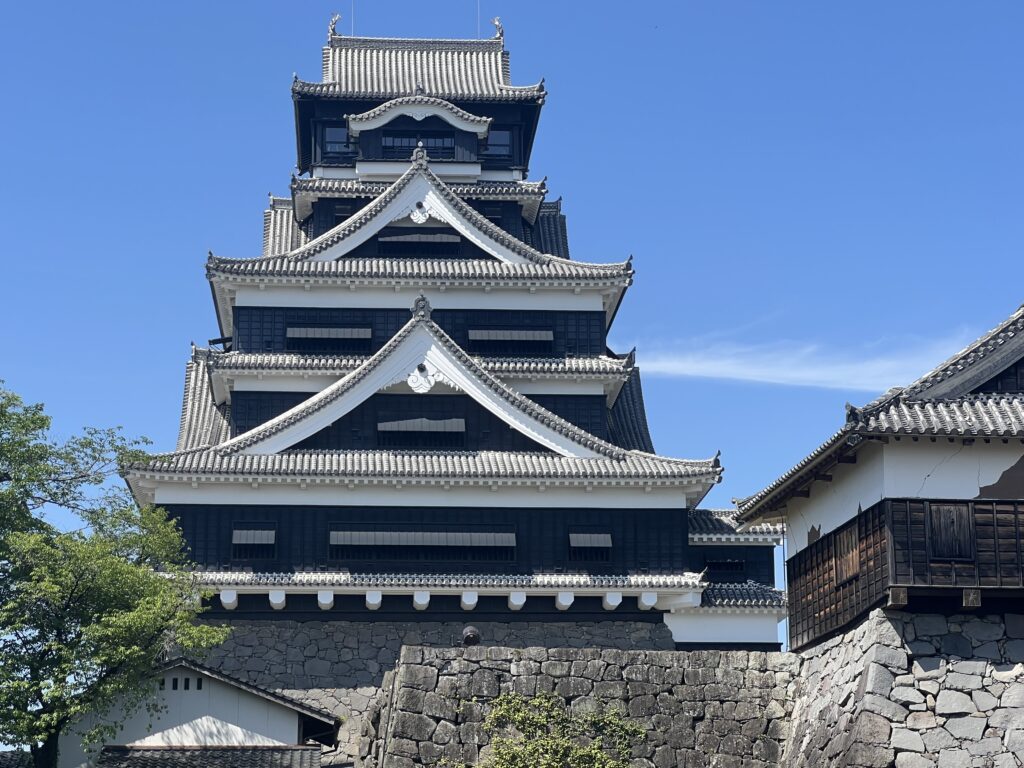

The Kagoshima area is not far south of Kumamoto and basically represents the southern extremity of “mainland”’ Japan. That, we knew. There were two major events in Japan’s ( relatively ) recent history in which Kagoshima played a pivotal role ( that we did not know about ), but both of which we would explore during our time there.
The first. I won’t get into the weeds here but Kagoshima ( and the local Satsuma clan ) was at the heart of many of the events surrounding the early and often tumultuous days of “Meiji” all of which is described in great detail at Kagoshima’s Museum of the Meiji Restoration . If you’ve seen Tom Cruise’s epic “The Last Samurai” it covers some of the political and military machinations during this tumultuous period in Japanese history, albeit with the usual Hollywood liberties taken. Fascinating stuff if you have any curiosity at all about Japan’s rapid rise into a powerful modern state once it opened up to the world in the mid 1800’s.

As the Kagoshima area weather was not always cooperative we also loaded up on museum visits while there and based on a tip from another overlander we made the 1 hour trek out to the Chiran Peace Museum. Probably one of the most well presented and touching museums we’ve seen in a long time. Chiran, you see, tells the story of the “tokkotai” – a group better known outside Japan as “kamikaze” pilots. I’ll back it up a bit first. By March of 1945 the writing was on the wall for Japan in WW2. Okinawa was under Allied control and US ships were nearing the home islands ( Japan’s 4 main islands, of which Kyushu is the southernmost). Chiran is in the far south of Kyushu and, being the furthest forward operating base, was the airfield from which approximately half the young Kamikaze pilots departed to attack Allied ships, primarily around Okinawa. Over 1,000 in all.

Hard, in today’s world, to understand why these young men were asked to make such a pointless sacrifice so late in a war which was, to all intents and purposes, already lost. While we never got the answer to that, we came away with immense respect for the courage of the young pilots, many of whom were not yet 20. The stories they wrote to their mothers on the night before their “final mission” had us both almost tearing up. I was left with this thought – it’s got to be unbelievably tough for any parent to send a son/daughter off to any conflict knowing they might not return. Imagine being the parent of a son asked to be a kamikaze pilot ? Definitely a one-way ticket. I’ll let the following pictures tell the story.





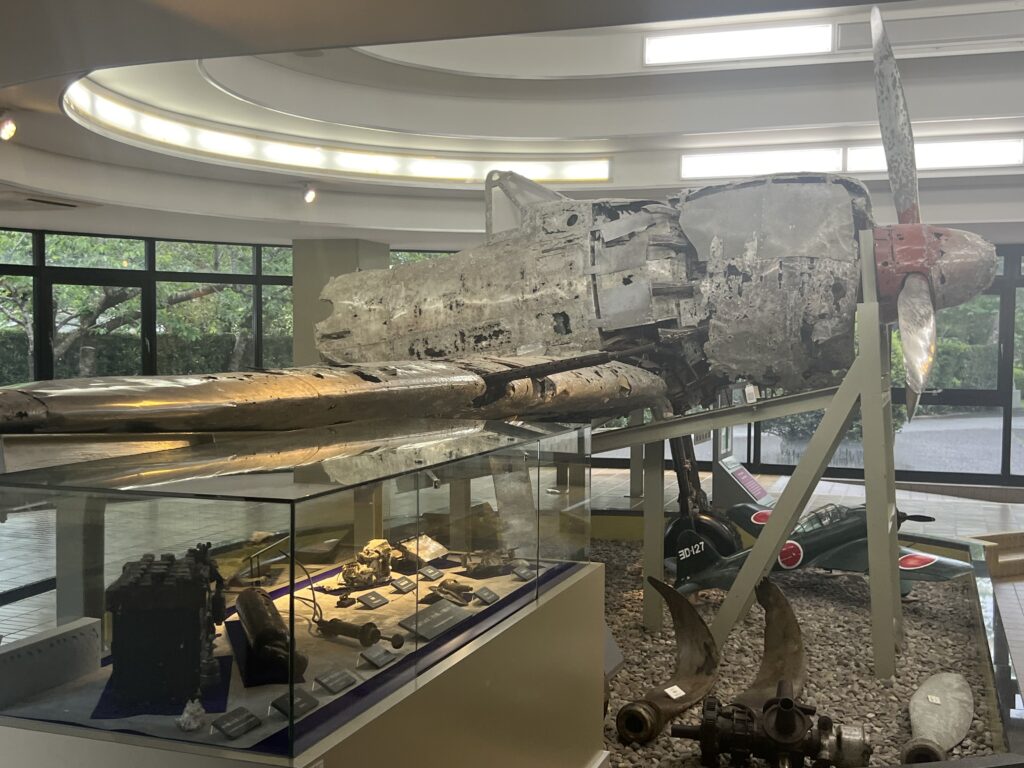

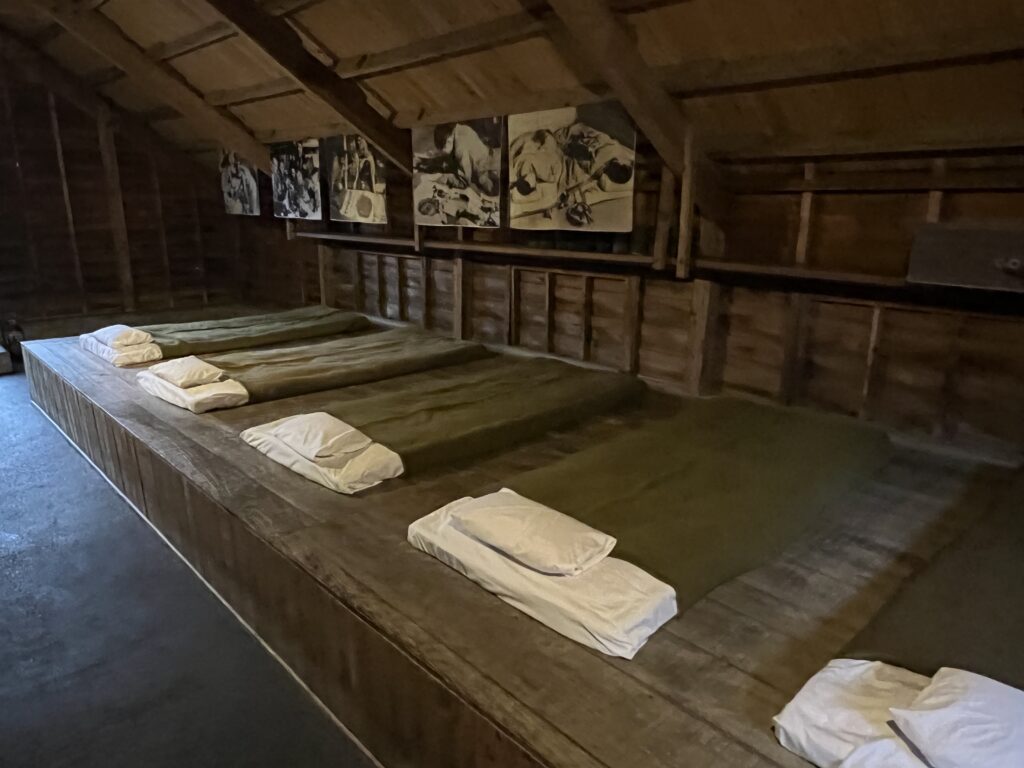



Following the incredibly sombre experience in Chiran some relaxation was in order – what better place than nearby Ibusuki, home of the famous Japanese hot sand bath . A wonderful experience where you lay on a bed of hot sand ( heated from hot springs below the sand ) and staff cover you in more hot sand up to your neck in which you then relax for 15-20 minutes. Invigorating..! The experience is completed with some further relaxation in a hot onsen afterwards. Bliss.



A short ferry ride across the mouth of Kagoshima Bay took us to the south eastern side of Kagoshima-ken ( state ), close to the southern-most extremity of mainland Japan. Not just an “extremity” box to tick but it’s a particularly scenic drive to Cape Sata that attracts drivers and riders from all over Japan. We’d earlier reached Kyushu’s western edge (near Sasebo) so made the trek on to Cape Sata, Not only was the drive ( and hike at the end of it ) worthwhile, but it also afforded us a chance to camp at the first “formal” Japanese campsite we’d come across. Not exactly like home, but pretty close and ticked all the key boxes : flat, with potable water, and impeccable amenities. We hope to find more of these!


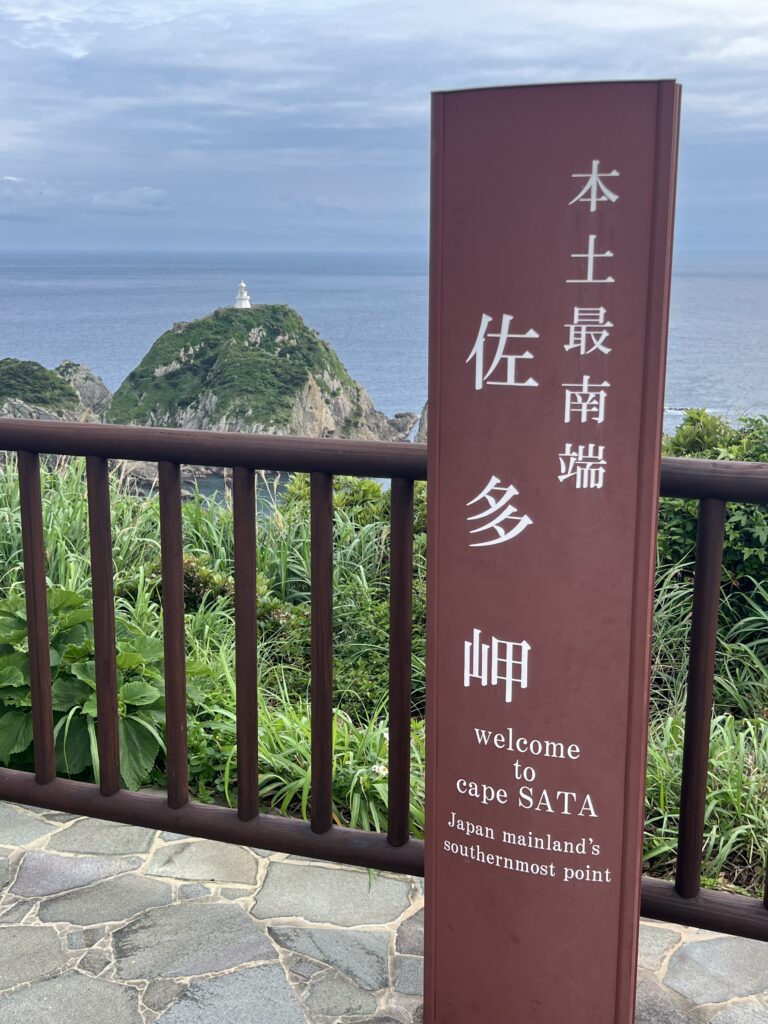

Being at the very bottom of Kyushu now, the obvious next direction is north, following a general route along the east coast of Kyushu- but, we’ll save that for the next blog 😊.
Till next week…..


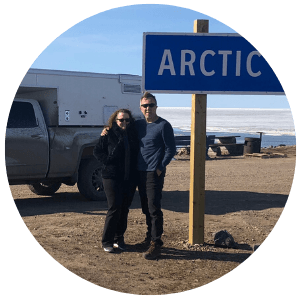
Wow! The wreck of that Mitsubishi very interesting. Is it true they were also partly made of wood?
Hi Chris,
Just Googled it and found this :
“Most of the aircraft was built of a new top-secret aluminium alloy developed by Sumitomo Metal Industries in 1936. Called “extra super duralumin”, it was lighter, stronger and more ductile than other alloys used at the time but was prone to corrosive attack, which made it brittle“
The British “Mosquito” was made of wood, though.
Yes, everyone wants to see the Zero !
Beautiful pictures!! So green!!
Yes, Katie, it has been unbelievably green – everywhere. Greener even than Ireland, I think lol!
Fantastic you two
Always like seeing where you are and what adventures you are experiencing.
If we ever get to drive around Japan, you have made a wonderful diary for us. Thank you and keep enjoying 😊
Darrell,
So nice to hear from you ( hi to Adrian )! You guys would LOVE Japan and your new Sprinter would be perfect !!! Hope you are enjoying it !
Cheers,
Jeff/Lois